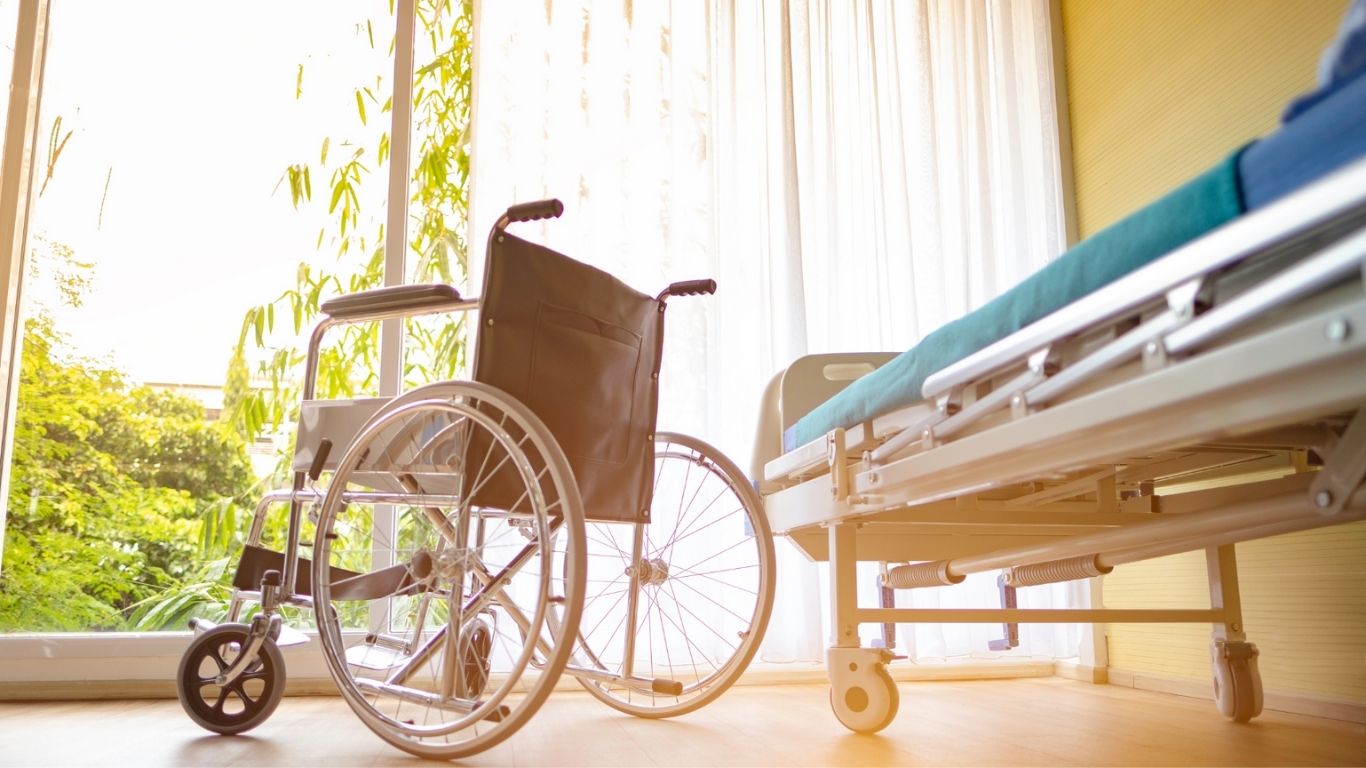AI in hospitals: New EU regulation places responsibility on operators
The EU AI Regulation 2024/1689 introduces binding obligations for the first time for a wide range of economic operators when using AI systems. The scope of application is defined in Article 2 of the Regulation and covers not only manufacturers, but also operators, importers, distributors and other actors along the entire value chain. This means that hospitals and other healthcare facilities that use AI systems are also particularly affected.
What previously mainly concerned technical requirements is now expanding into a comprehensive catalogue of obligations with ethical, clinical and liability dimensions. This requires a new risk culture in everyday clinical practice and a broader understanding of responsibility when dealing with AI.


